The news of the shocking events of September 11, 2001 reached us while we were setting up the exhibition at Museion. It took Matt Mullican and those of us working with him some time to understand the extent of what had just happened. Mullican’s apartment, which he shared with his wife and two children, was in lower Manhattan, not very far from the site of the attack. The shock of what had happened deeply affected him. I felt certain he would immediately pack his bags and leave everything behind, which I would have understood. However, after learning that his family was unharmed, he decided to stay and continue working with us. A few days later, we opened More Details from an Imaginary Universe, a co-production with the Serralves Museum in Porto, the Oxford Art Museum, the St. Gallen Art Museum and several other European art institutions.
The opening in Porto, the exhibition’s first stop, gave me the opportunity to take another look at Matt Mullican’s multifaceted work. What had always interested me about Mullican’s work was the hybrid position of the pictogram, which – situated between image and writing – allowed him to communicate on a level above individual languages. Of course, Mullican’s work goes far beyond the use of the pictogram, but this element undoubtedly plays a central role in it. The exhibition in Porto clearly demonstrated how the artist’s various works can be traced back to Mullican’s central idea of five worlds. This concept is based on the idea that people are constantly shifting between five different worlds: the world of imagination (subjective), the scarcely noticed (everyday) world (world unframed), the world of things and processes to which we devote special attention (world framed), the world of language (sign) and the world of matter (elements).
Photo Ludwig Thalheimer, Lupe
A fascinating aspect of Mullican’s system is that an object can belong to different worlds, depending on how we perceive it. An ordinary stone belongs to the world of matter (colored green). However, if the same stone is presented by an artist in an exhibition, it becomes part of the framed world (colored yellow). This is a quasi-variation on Duchamp’s legendary urinal, whose meaning changed on its journey between the store where it was purchased to the exhibition space where it was displayed.
Compared to the other museums involved in the project, Museion’s exhibition space in a former hospital was relatively modest. This led us to expand the exhibition into urban space, and we did so with flags designed by the artist, which translated his concept of the five worlds into colors and pictograms, elements that make his work so unmistakable. Many of the flags were enormous, and their simple symbols and strong colors made them ideal for outdoor presentation. After consulting with the community, we were granted permission to place the flags in several squares in the city, on via Ospedale/Spitalgasse next to Museion and on the centrally located via Portici/Laubengasse. I still remember three flags that were positioned relatively close to each other between the arcades. When hit by the morning sun, they were particularly bright and impressive. In the best sense of the term, the presentation was an exhibition and marketing campaign rolled into one. It would be interesting to know how many people still remember the flag installation. Certainly, no one at the museum will ever forget it.
Photo Ludwig Thalheimer, Lupe
When asked if a viewer needs guidance to properly understand his work, Mullican once said that an intuitive understanding of it was sufficient for him. I remember the joy with which Mullican spoke about a woman he had met at his exhibition in Milan in 2019 and who had decided to celebrate her birthday with friends at the show. In his opinion, she had understood everything intuitively. In fact, many of the artist’s pictograms are accessible because they depict everyday objects. On the other hand, the black characters set against a red and white background will certainly remain a mystery to most visitors. These explore historical and current ideas of a religious nature: where do people come from and where do they go? God, angel, devil, heaven and hell … some background information is required to truly understand such signs. The simplicity of the symbolism can also conceal the fact that highly complex topics are being addressed. Mullican’s exploration of these signs is not an indication that he thinks in these terms, e.g., religion. Rather, he develops signs for them because they exist or have existed. Perhaps the allure of Mullican’s signs lies precisely in the fact that, in addition to all the self-explanatory signs of everyday life, there are also enigmatic signs, whose existence is either simply accepted or embraced as they inspire further examination and exploration.
Just how memorable Mullican’s pictograms are can be seen – as soon as the current pandemic allows it – throughout the summer of 2021 in the Museion Passage. On display there are the “102 signs for Museion,” which Mullican created in 2006 for the site fence, which surrounded the building lot when the current museum building was under construction. By combining simple black characters with four basic colors, Mullican’s images have an elementary force. And this clearly shows that powerful art is often based on simplicity.
Andreas Hapkemeyer is head of the Museion Research & Teaching department, of which he has been a member since it was founded. A key theme of his research is the relationship between image and text in art, which is also central to his work as a university teacher and his publications.














